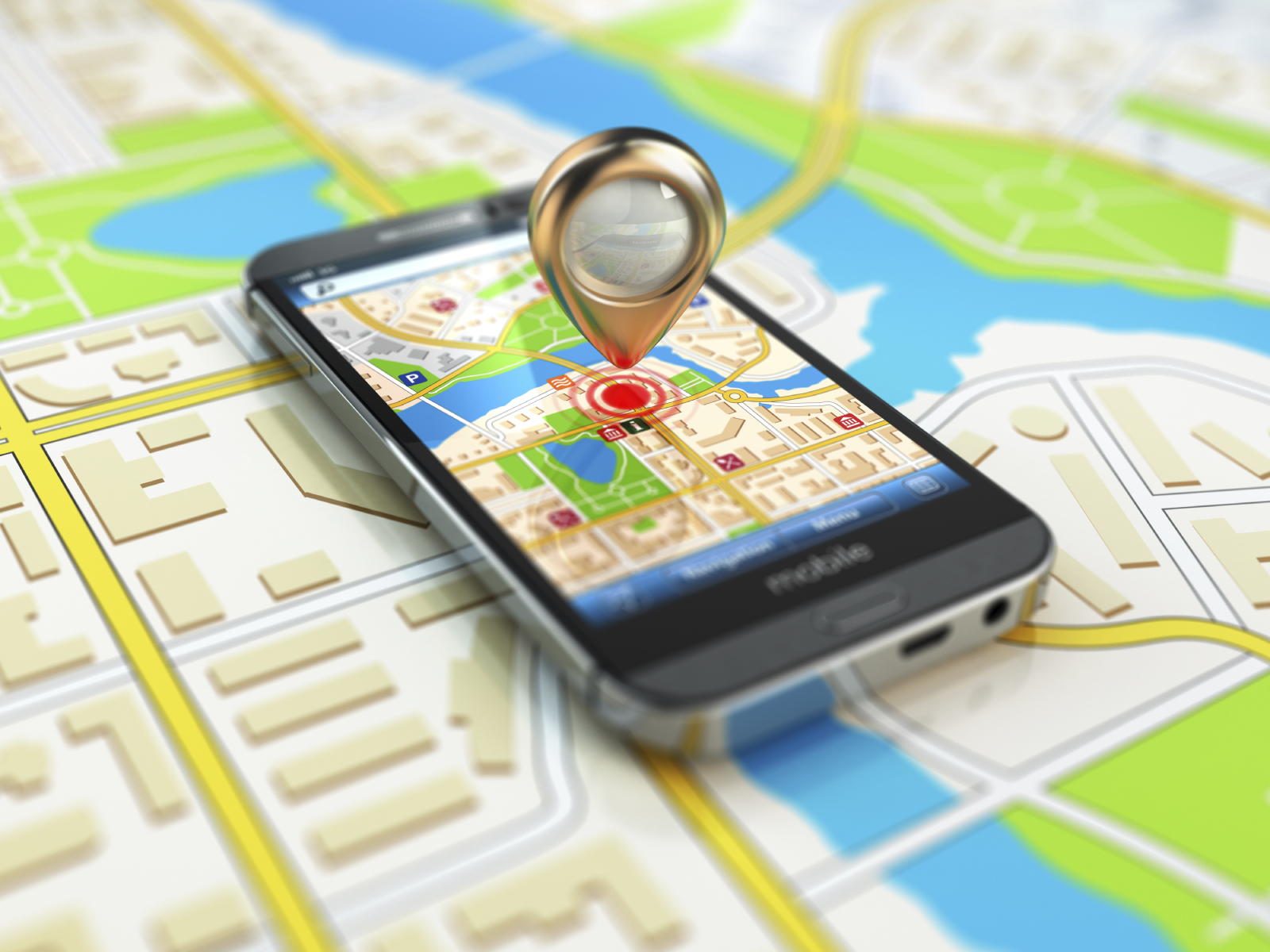10 states in the Midwest cancelled postal service. Schools were closed for days. Transportation was slowed due to the bitter cold. The frigid cold was blamed for at least 9 deaths. If you live in one of the states that had temperatures as cold as -25 or -35 with windchills lower than -50 and you could stay inside or work from home, you probably did. But hospital employees in all those states did what they do every day. They somehow made it into work and cared for others. Because hospitals never close. People need them even more at times of extreme weather conditions.
states that had temperatures as cold as -25 or -35 with windchills lower than -50 and you could stay inside or work from home, you probably did. But hospital employees in all those states did what they do every day. They somehow made it into work and cared for others. Because hospitals never close. People need them even more at times of extreme weather conditions.
I grew up in Minnesota and except for a few years in the 1990’s, I have always lived in the north. Growing up, we had many bitter cold days and many feet of snow every winter. I remember back then trying to get my head around the concept of windchill when I first heard a number like -60. Growing up in Minnesota you learned to deal with cold and snow. But this is different. With global warming (yes, I believe it is real and we must address) we now see very extreme temperatures in both summer and winter and more frequent, more dangerous and disastrous storms.
I’ve written about every day heroes in previous posts. Hospital employees are certainly on that list! In appreciation of all they do every day, even on the coldest of winter days, I share again a post I wrote a few years ago while serving as a CIO in Michigan after a major blizzard.
Snow days and everyday heroes
If you live in the north, you know about snow days. Your kids feel cheated if there aren’t a few each winter. Parents juggle to find backup plans when school closings are announced. If your employer is quick to close when there is a major storm or tells you to work from home you may breathe a sigh of relief. You’re just glad that you don’t have to get up at the crack of dawn to shovel out your driveway and try to get down your unplowed street.
But hospitals never close, nor can they or should they. The everyday heroes I want to recognize are everywhere at the University of Michigan Health System. The nurses who pulled a double shift because their colleagues couldn’t make it in to relieve them. The support staff throughout the hospital who ensure patients are cared for, in a safe, clean environment. The diligent teams who ensure there are meals for patients and staff. There are too many to mention but just think about all the hospital staff you see on a normal day – they all keep the hospital operating like nothing happened.
Continue reading






 I have lived and worked in Ann Arbor for 3 years now and have made many trips to Lansing and Detroit for meetings and events. In Lansing I go to about 5 different locations: my car is almost on auto pilot. I have been to various locations in downtown Detroit and the surrounding suburbs. What would I do without the GPS technology we all take for granted?
I have lived and worked in Ann Arbor for 3 years now and have made many trips to Lansing and Detroit for meetings and events. In Lansing I go to about 5 different locations: my car is almost on auto pilot. I have been to various locations in downtown Detroit and the surrounding suburbs. What would I do without the GPS technology we all take for granted? But, twenty minutes into the flight, the pilot told us there were problems with the landing gear; the safest thing to do was to return to the Boston airport. He told us he’d know more after we landed. Problems with the landing gear but we were going to land OK? Of course the next half hour was one of the longest ever. We did land safely, de-boarded and waited for news of when we’d depart.
But, twenty minutes into the flight, the pilot told us there were problems with the landing gear; the safest thing to do was to return to the Boston airport. He told us he’d know more after we landed. Problems with the landing gear but we were going to land OK? Of course the next half hour was one of the longest ever. We did land safely, de-boarded and waited for news of when we’d depart. You’re just glad that you don’t have to get up at the crack of dawn to shovel out your driveway and try to get down your unplowed street.
You’re just glad that you don’t have to get up at the crack of dawn to shovel out your driveway and try to get down your unplowed street. And we’ve all had those excellent customer service experiences: think about the difference. Was it the smile, the caring attitude, the problem solving focus, the level of ownership, the offer to help before you could even ask for help? These are just some of the attributes of good customer service.
And we’ve all had those excellent customer service experiences: think about the difference. Was it the smile, the caring attitude, the problem solving focus, the level of ownership, the offer to help before you could even ask for help? These are just some of the attributes of good customer service.